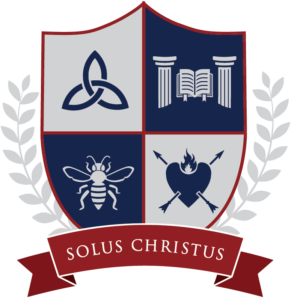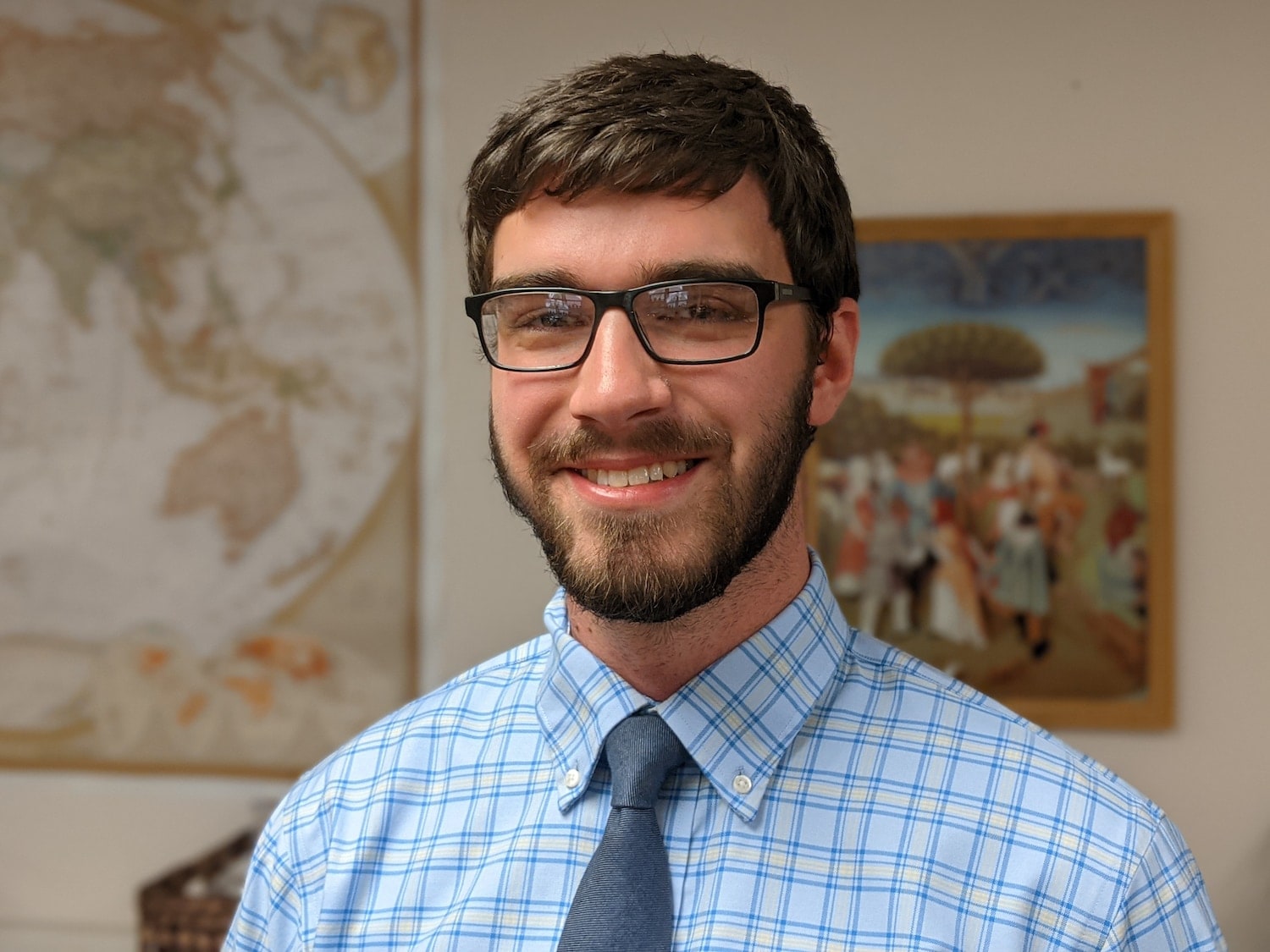One of the most interesting shifts in the history of mathematics occurred throughout the 16th and 17th centuries in Europe. Up through the Middle Ages, geometry was thought of as the most rigorous kind of math; in fact, the only kind rigorous enough to use for real mathematical proof. Geometric rules formed the bedrock of mathematical thought, because they were ideas which were apparent to humans living in the real world, and which made rational sense when thought out on paper. The Greeks were able to systematically prove graduate-level mathematical ideas starting only from the ten rules at the beginning of Euclid’s Elements.
Arithmetic, on the other hand, had no such foundation. Sure, the numbers like 1, 2, 3, and 4 are apparent to us in real life, but jumping from those truths to higher ideas was dodgy at best. How many diameters fit around a circle? We would say 3.141592… (pi) of them will fit, but does that number exist, exactly? There was no mechanism for arithmetic like there was for geometry to prove ideas like those.
Enter algebra (literally a “mending of broken parts” in Arabic), the arithmetic practice of finding missing numbers in mathematical relationships. A very simple example of algebra would be asking the question, “if iron weighs twice as much as tin, how much of each do I use to make a beam that weighs 200 pounds, but is equal parts iron and tin?” Algebra existed as far back as arithmetic and geometry, and over time mathematicians were able to answer relatively complex questions with it. But it was done mainly in sentences, not with the symbols that we have today. It was also not an automatic process like it is for us; solving each algebraic problem called for sharp arithmetic thinking. It was useful for practical problems, but beyond that it had limited application, largely because it was cumbersome, and because it was a form of arithmetic, lacking the rigor of geometry.
But in the 16th century, algebra became a new area of interest, in particular to François Vieta and René Descartes, two French mathematicians. These men are responsible for laying the foundation for a new kind of mathematical thought, one that would affect our perception of mathematics even today. Vieta and Descartes took very seriously the idea that geometry could be represented using algebra (e.g. how the sides of a triangle can be represented with the symbols a² + b² = c² ). Mathematicians had always been aware this was possible, but Vieta and Descartes popularized the idea that algebraic relationships could be found everywhere in geometry. In fact, algebra could be used to come to the same conclusions Euclid did! Descartes took this a step further, asserting that algebra was the real math at the core of geometry, that algebra was more fundamental.
As mathematicians continued to experiment with algebra this way, the more it seemed that geometry was indeed based on underlying, abstract algebraic ideas. Algebra also made proofs easier and often clearer: answers to problems Greeks only dreamed of solving were now within reach, mathematicians having been freed from the shackles of geometry. Mathematicians were even re-proving Euclid’s elements from an algebraic point of view.
This was an exciting new step in mathematics, but it didn’t come without a cost. As with any mathematical thought, the philosophy of mathematicians needs to be considered. And in Descartes’ case, the underlying philosophy casts a pall over the new algebraic discoveries. Descartes wanted to make all thought into a method, something that could be scientifically determined. This is why he rooted his philosophy in the famous phrase “I think, therefore I am”: he doubted everything else besides his own existence. The pursuit of truth, for Descartes, was a purely scientific, logical endeavor, with no foundation outside the sinful self.
For Descartes, algebra held potential to serve as that kind of methodical thought. If logical premises can be represented with algebra (and they can), then man shouldn’t really need to ponder about what’s true; he just needs to work it out on paper. In the spirit of methodizing thought, Descartes dismisses the entirety of Greek mathematical thought in his famous mathematical work La Géométrie in a few chapters, in favor of equivalent algebraic processes.
Now, any mathematician can appreciate the efficiency of algebra that Descartes demonstrated, and we owe a massive amount of mathematical accomplishment to Descartes’ work. But when it comes to math education, Christians need to fight two problems with Descartes’ algebra. First, truth is not merely built out of logical if-then statements: truth is found in a person, namely Jesus Christ. That means the pursuit of truth cannot be boiled down to algebraic equations. Second, we should not dismiss the thoughtfulness of Greek mathematical thought in favor of mindless plug-and-chug math. It’s efficient (and sometimes helpful) to follow algorithms, but it’s inhuman to treat math (and algebra) as nothing but a set of methods. Math is an art of creativity and thought unique to humans made in God’s image. Algebra can be beneficial to students only if that idea is kept at the core of their mathematics education.
In Christ,
Mr. Hahn

